How to grow and care for a diploma at home
Correct cultivation of the diploma will guarantee the appearance of a miniature tropical garden on the windowsill of the apartment. As the vine grows older, flower growers form its young shoots to their liking. Fans of cascading ampelous plants place pots in bright places and are in no hurry with pruning, and fans of flowering bushes plant several specimens in flowerpots and carefully trim the resulting crown. If the flower will like the care, then it will thank the owner by forming a huge number of buds.
Tropical visitor: so different, but always beautiful
Belonging to the Kurtovaya family makes the grower always on the alert - almost all the plants that make up it are poisonous. Kids and pets (especially rodents) should not have access to flowerpots. And the liana is so attractive that it sometimes seems like a skillful craft: dark green rounded leaves with a bright gloss create a spectacular backdrop for large graceful flowers.
Here are the main cultivation varieties that breeders have long loved:
- Dipladenia splendens, or Shiny. Large pink inflorescences (up to five flowers) in combination with slightly pubescent leaves up to 15-17 cm long make the variety the most popular among holders of diploses.
- Dipladenia sanderi, or Sandera. Has small graceful leaves opposite each other. If you look inside the flower, you can see a bright yellow core.
- Dipladenia eximia, or Excellent. Red flowers of an unusual shape (up to 8-9 cm in diameter) are collected in inflorescences of 5-6 pieces. Leaves are small, located on short petioles.
Botanists have counted almost four dozen types of diploma. But breeders do not sit idly by - many varieties and countless hybrids have been bred. With good care, the lifespan of one flower can reach 15-17 days, and the liana begins to lay buds in mid-April and ends by early autumn. Some hybrids give off a pleasant aroma when blooming.
From breeding to planting: a few easy steps
Propagated by grafting by cuttings in spring or summer. In the spring, blanks for planting are obtained from young green shoots, and in the summer they are cut from the already slightly lignified liana. At an oblique angle, cuttings up to 8-10 cm long with four strong leaves are cut and the two lowest ones are removed. The cut is sprinkled with a mixture of crushed coal. They let it dry, but for now they are preparing the soil from equal parts:
- peat;
- calcined coarse sand;
- crushed moss (sphagnum).
Deepening to the first leaf, the cuttings are placed in moist soil. Cover the nesting containers with glass and then transfer to a warm (up to 23 ° C) place. Further care consists in gentle watering. The glass must be removed daily, and the accumulated condensation must be removed to avoid the formation of rot.
Advice
The growth of the root system by cuttings will occur faster if the bottom heating of the containers is provided.
After a month, the seedlings will begin to grow, at this stage the glass must be removed. After waiting for the appearance of 2-3 leaves, the diplodenia is seated in flowerpots, several copies. In ampel cultivation, it is necessary to immediately install a wire frame for further attachment of shoots to it. A young liana will delight the owner with lush flowering next spring with good care.
Secrets of proper cultivation: only high-quality care
Originally from the tropical forests of South America, she lays bright buds throughout the year. Our harsh climate is not suitable for year-round flowering - the vine needs a dormant period, which begins in late January and lasts until early March. In order for the plant to lay a large number of buds, at this time it is necessary to provide it with the following care:
- stop spraying;
- fertilizers must not be applied;
- watering to a minimum.
With the arrival of spring, the flower begins to grow shoots. Now you need to create comfortable growing conditions for him. The best location for the flowerpots will be the eastern windows, as well as the southern ones with shading at noon. The tropical origin of diploidia requires high air humidity when leaving. Such conditions can be provided in several ways:
- purchase a household humidifier;
- spray regularly with water;
- Place the pots in a container of wet gravel.
The plant responds well to feeding. It is best to use compound fertilizers diluted in accordance with the instructions. The nutrient solution is applied every two weeks, starting in spring and gradually reducing the amount of dressings after the end of flowering. When transplanting, it is possible to introduce a small amount of rotted organic matter.
Advice
To avoid the occurrence of putrefactive processes in the root system, you need to regularly remove dried leaves and flowers.
Caring for young plants involves an annual transplant. Carrying out this procedure serves as a preventive measure: old long roots are cut off, and damaged ones are removed. Slices must be sprinkled with crushed coal. Adult specimens are transplanted less often - after the roots appear from the drainage holes.
Advice
After the end of flowering, lignified shoots must be removed, and young ones should be cut off by 1/3 of the length. Flowering is possible only on new shoots, which will increase diploidia.
With the arrival of heat, the owners take out flowerpots to garden plots or loggias. In the fresh air, diplodesia grows better, gains immunity, and plant more buds. But in the fall, before entering the house, you need to carefully check the leaves and shoots for the presence of pests: spider mites, aphids, flourbugs. When they are found, first, the visible specimens and colonies are manually removed, and then the flower is sprayed with a solution of the drug with fungicidal activity.
Diplomatic care is simple, but mandatory. The earthen coma should not be allowed to dry out - in revenge, the vine will drop its buds. There is no need to arrange a swamp in a pallet - there is a high probability of losing a flowering bush completely. Having ceased to humidify the air properly, one day you can stumble upon a whole settlement of pests.
Growing a tropical beauty is a great opportunity to admire the wonderful bloom six months a year. And if there are several hybrids ... Huge pink, crimson, white, yellow inflorescences of diplodenia will not tolerate any neighborhood. They are unique, beautiful in themselves and need to be accompanied.
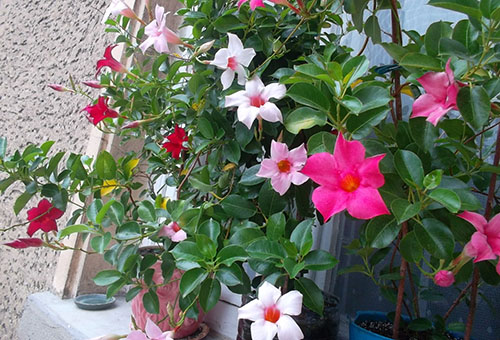
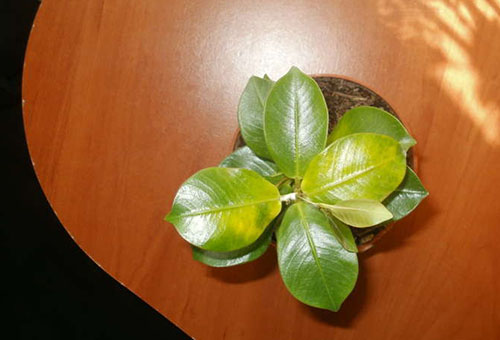
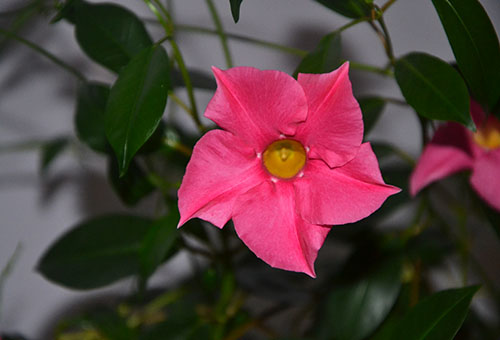
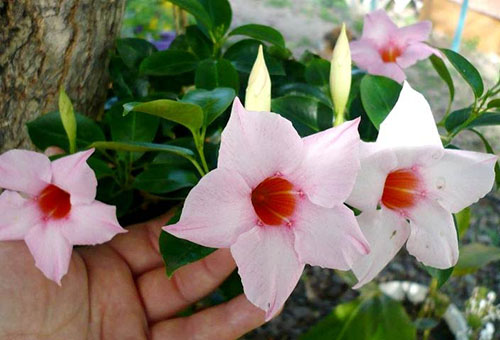
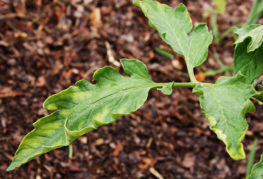
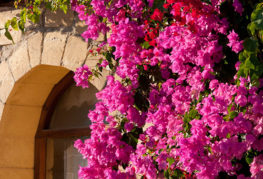
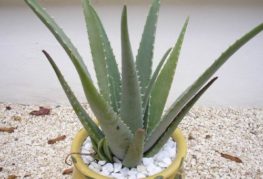
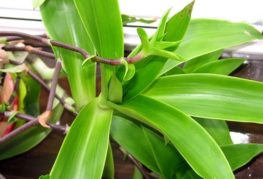
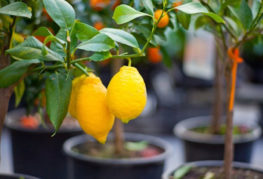
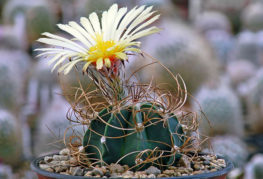
and will be published shortly.